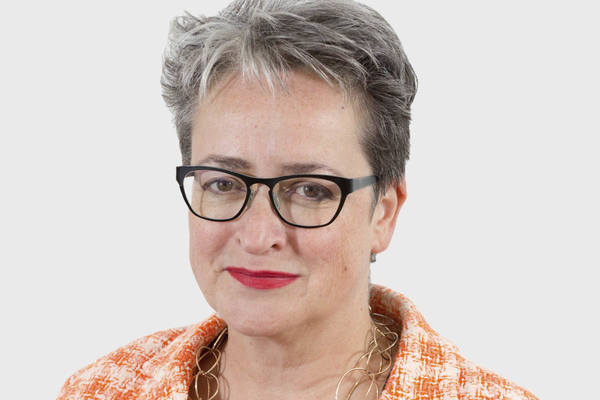Turbocharge your audit committee
Sue Harvey, partner at Campbell Tickell, sets out the qualities that make a good audit committee
When I joined the social housing sector (no, don’t ask) audit committees were places where those with a penchant for the detail of obscure accounting standards were sent, along with tedious board members that needed to be kept well away from the exciting business of development and funding.
Over the intervening years the role of the audit committee has risen up the agenda as assorted corporate collapses and scandals have fed into successive iterations of both the Financial Reporting Council’s Corporate Governance Code and our own National Housing Federation Code of Governance.
Then, three years ago, the social housing regulator announced its intention to interview chairs of audit committees as part of their new in-depth assessments (IDAs), and the spotlight was turned up to full power.
Through our work reviewing audit committees’ effectiveness and our IDA preparation assignments, Campbell Tickell has been privileged to meet more than 50 chairs of audit committees in recent years.
It’s clear to us that the top-performing audit committees have raised their game in order to facilitate the step-up in risk management that today’s challenges demand.
The nerd with a deep understanding of Financial Reporting Standard 102 is still adding considerable value, not least when that clever structured finance deal threatens to come back on balance sheet to haunt you. But other characteristics are also in evidence.
Exceptional audit committees engage in dynamic conversations with their boards. Those conversations are built on terms of reference that are simple, understood by all and used as the basis for regular committee effectiveness reviews.
The dialogue develops with the board determining a short, prioritised strategic risk register and asking the audit committee to provide assurance that the identified controls are reducing exposures to levels consistent with the board’s risk appetite.
The committee deploys internal audit resource and rotating deep dives to provide that assurance, and formally reports to the board following every meeting, highlighting any matters of growing concern.
Great audit committees bring the right skill mix to those conversations in order to reflect their responsibilities to give assurance on both internal controls and risk.
Members with up-to-date accountancy skills are definitely present, alongside colleagues with risk management experience. Robust independence of thought, appropriate scepticism and curiosity are softer skills that are in evidence in every discussion.
Top-class audit committees never forget.
They are forensic about tracking all agreed actions from minuted matters arising, through internal audit recommendations to recommendations stemming from the external auditor’s annual management letter.
They insist on responsibilities and timescales being attached to all actions, and at each meeting they gatekeep decisions to delay, defer and remove completed or redundant actions from the trackers.
Like the best boards, the best audit committees plan their activities. They have rolling 12-month work plans which tie in the many strands of work required to give the assurance that the board needs to sign the financial statements.
That workplan also timetables any required policy reviews and carves out space for the deep dives into key strategic risks.
The chair of a top-performing audit committee uses that plan to distribute the workload throughout the year, to understand the knock-on effects of any suggested deferrals, and to shape their discussions with the finance director.
In short, excellent audit committees exhibit a relentless focus on controls and assurance, and in doing so embed risk awareness, accountability and integrity throughout the organisation.
So please go ahead and turbocharge your audit committee. You will free your board and executive team to focus on the delivery of your strategic objectives, confident that there is a firm bedrock of controls on which to build.
Sue Harvey, partner, Campbell Tickell
RELATED
